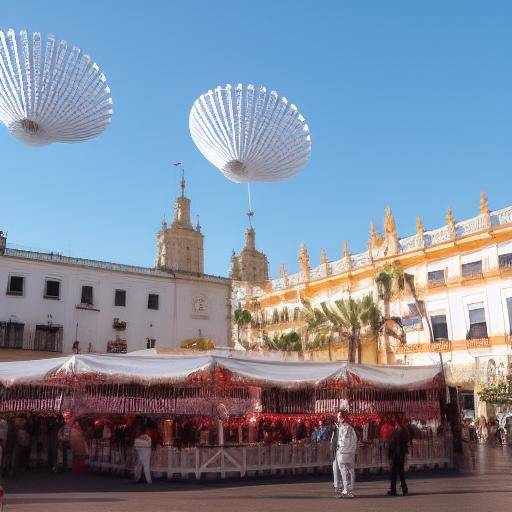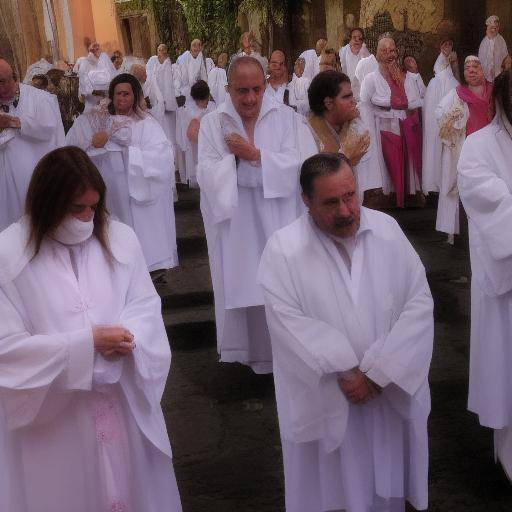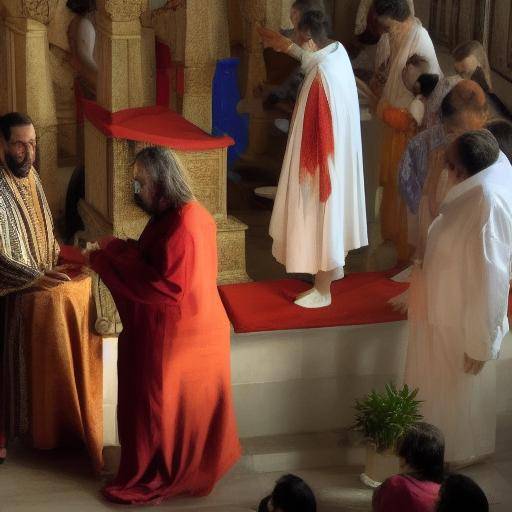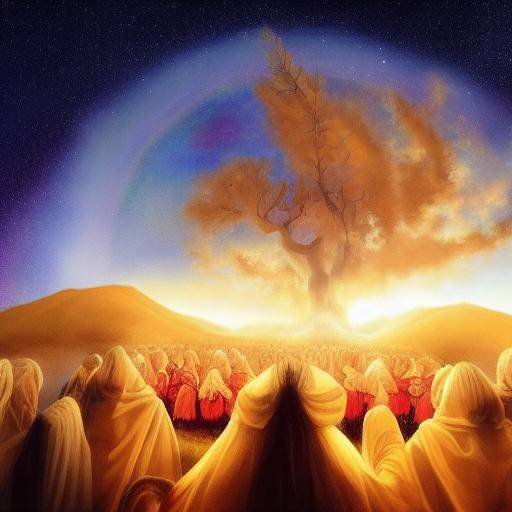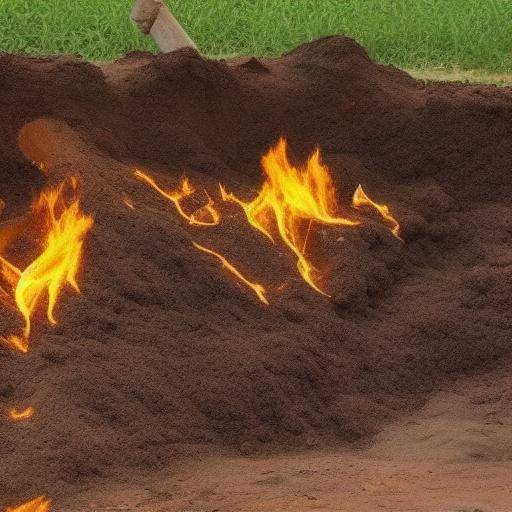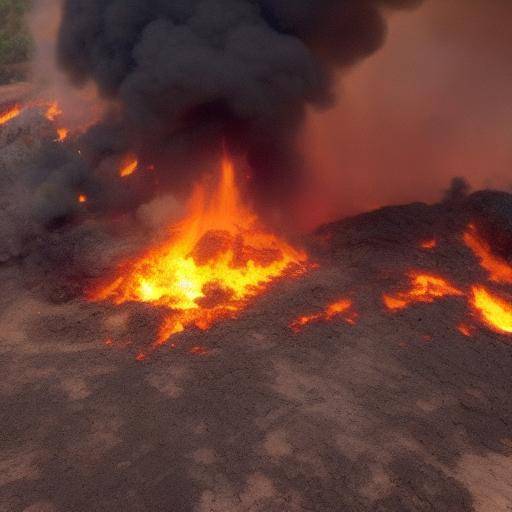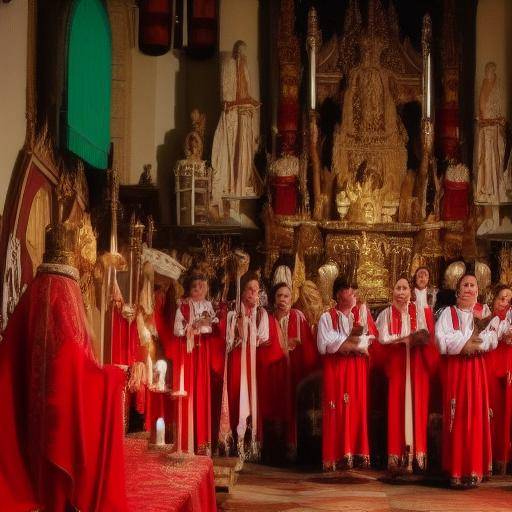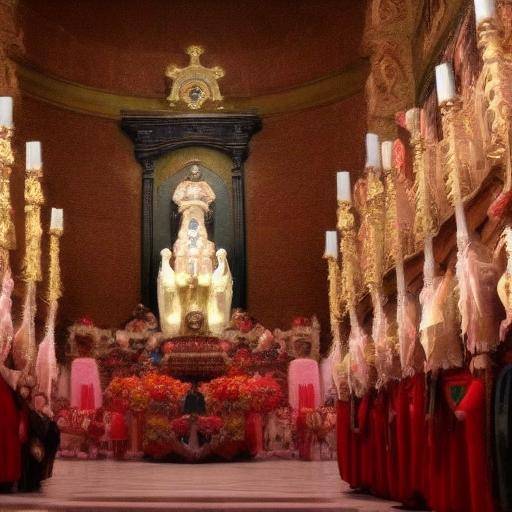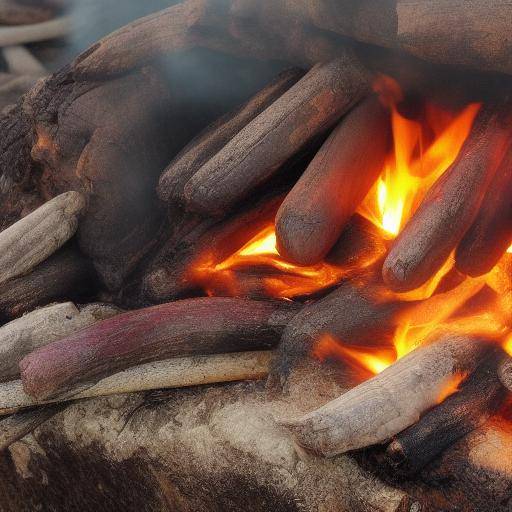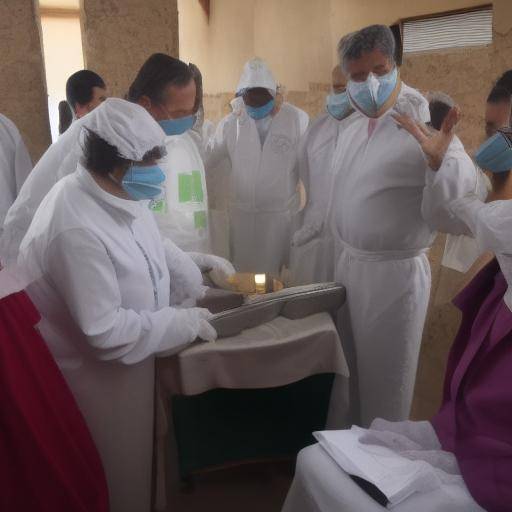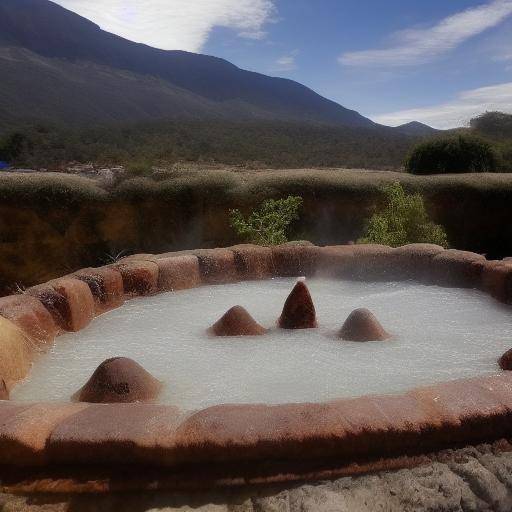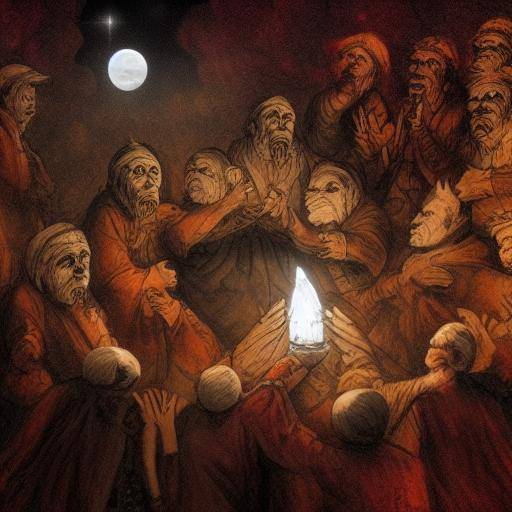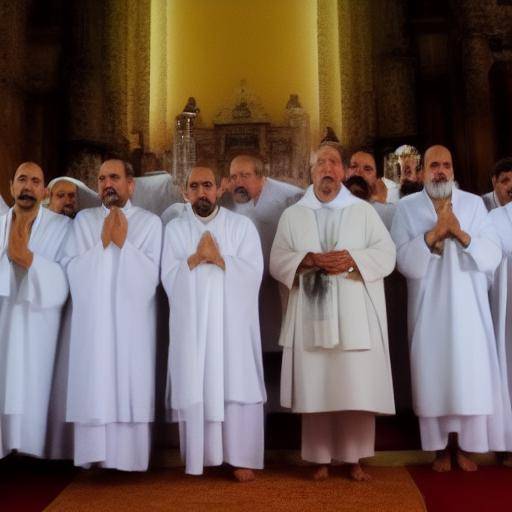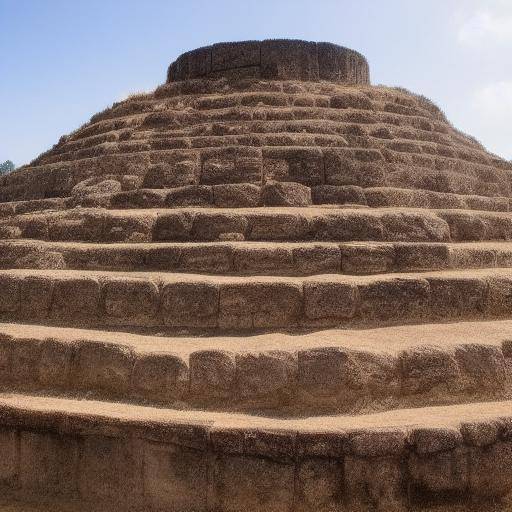
Air is a vital element that has been venerated and used in sacred rituals since time immemorial. Its importance transcends cultural and religious boundaries, playing a fundamental role in spiritual ceremonies and practices around the world. Throughout this article, we will explore in depth the meaning of air in the sacred rituals, its historical, symbolic and practical importance, as well as its relevance in the modern world.
Introduction
The air, known as the breath of life, has been venerated since ancient times as an essential element for human existence. In many traditions, air is considered a vehicle of vital energy, communication with the divine and spiritual purification. This article aims to explore the relevance of air in sacred rituals, to understand its historical and symbolic importance, and to analyze its influence in contemporary practice.
History and Background
The use of air in sacred rituals has deep roots in the history of humanity. From ancient civilizations to current indigenous practices, air has been recognized as a powerful element with spiritual and healing properties. In Greek mythology, the wind was personified in deities such as Eolo and the Anemoi, lords of the winds that exerted influence on human and divine activities. In various indigenous cultures of America, the smoke of burning herbs was used to send prayers to the gods through the air. This rich history demonstrates the deep importance of air in sacred rituals over time and cultures.
Analysis in Deep
Air plays a fundamental role in sacred rituals due to its ability to purify, communicate, move energies and connect with the divine. In contemporary practice, spiritual communities of different traditions continue to use air in their ceremonies. For example, in Hinduism, incense smoke is considered a means of purifying the environment and raising prayers to the gods. In shamanism, the smoke of the sage is used to clean and purify both the body and the environment, creating an enabling space for spiritual connection. These examples illustrate the validity and versatility of air in the sacred rituals today.
Comprehensive review
The importance of air in sacred rituals is manifested in various ways in different spiritual traditions. From the recitation of mantras to the wind in Tibetan Buddhism to the ritual use of fans in African ceremonies, the presence of air is fundamental in the creation of sacred spaces and the channeling of spiritual energies. As a powerful element that transcends cultural barriers, air remains a source of spiritual connection and healing in the contemporary world.
Comparative analysis
Air, sacred rituals and their importance share a deep connection in multiple spiritual traditions. Although practices vary in their form and cultural context, the essence of seeking connection with the divine, purification and renewal is common in all of them. This convergence reveals the universality and timeliness of air as an essential element in the spiritual and sacred experiences of humanity.
Practical Tips and Accessible Tips
If you are interested in incorporating the air into your own sacred rituals, consider the following:
- Use the smoke of herbs like the holy stick or the white sage to purify the space before your ritual.
- Light candles or incense and allow smoke to lift your intentions and prayers.
- Create outdoor spaces for your ceremonies and allow the wind to take your desires up.
Industry Perspectives and Expert Reviews
The importance of air in the sacred rituals remains a subject of interest to scholars, spiritual leaders and practitioners of various traditions. Experts in the field of religious anthropology and contemporary spirituality recognize the lasting relevance of the air in ritual practices, emphasizing its influence on the connection with the transcendental and the creation of sacred environments conducive to introspection and healing.
Case Studies and Real Life Applications
In everyday life, different communities and spiritual groups continue to incorporate air into their sacred rituals. From the burning of incense in Buddhist ceremonies to the ceremonial use of the fan in the African candomblé, air remains an essential tool for spiritual expression and connection with the sacred. Studying these practices reveals the continued relevance and adaptability of air in the contemporary context.
Future Trends and Predictions
As spiritual consciousness and the pursuit of meaning continue to be fundamental aspects of human experience, the importance of air in sacred rituals is likely to last in time. Trends indicate a renewed interest in traditional spiritual practices and the integration of ritual elements into modern life, suggesting that the role of air in spirituality will remain relevant in the future.
Conclusion
The importance of air in sacred rituals transcends merely symbolic, covering historical, spiritual and practical aspects. Throughout history, air has been appreciated as an essential element for communication with the divine, spiritual purification and the creation of sacred spaces. At present, its influence endures in a wide range of spiritual traditions and remains a means for ritual expression and emotional connection in contemporary life.
Frequently asked questions
1. Why is air important in the sacred rituals?
Air is considered important in the sacred rituals due to its ability to purify, communicate, move energies and connect with the divine. In different traditions, air is perceived as a vehicle of vital energy and as a means of sending prayers and expressing intentions towards the sacred.
2. How is air used in sacred rituals?
The air is used in sacred rituals through different practices, such as burning incense, reciting mantras to the wind, using ritual fans and creating outdoor spaces for ceremonies. These practices seek to use air as a means of purifying, raising prayers and creating environments conducive to spiritual connection.
3. What is the historical importance of air in sacred rituals?
Throughout history, air has been venerated as a vital element in the sacred rituals. From ancient civilizations to contemporary practices, air has been recognized as a vehicle of vital energy, communication with the divine and spiritual purification.
4. How does air relate to other ritual traditions?
Air has a significant presence in a wide range of ritual traditions around the world. From Buddhism to Chamanism, air is used in various ways to facilitate spiritual connection, ritual purification and the creation of sacred spaces. These practices highlight the universality and timeliness of air in sacred rituals.
5. What are the benefits of incorporating air into spiritual practices?
The incorporation of air into spiritual practices can provide benefits such as the purification of the environment, the elevation of intentions and prayers, the creation of sacred spaces and the promotion of spiritual connection. These benefits contribute to ritual experience and the search for spiritual significance and transcendence.
6. What are some practical ways to incorporate air into sacred rituals?
Some practical ways to incorporate the air into the sacred rituals include the use of incense, the recitation of prayers to the wind, the use of ritual fans and the realization of ceremonies to the outdoors. These practices provide tangible means to honor the importance of air in ritual expression and spiritual connection.
In short, the importance of air in the sacred rituals transcends the merely symbolic, revealing its deep historical relevance, its spiritual influence and its relevance in the contemporary world. Through its ability to purify, communicate and connect with the divine, air remains a fundamental element in the creation of sacred spaces and in ritual expression in various spiritual traditions.


